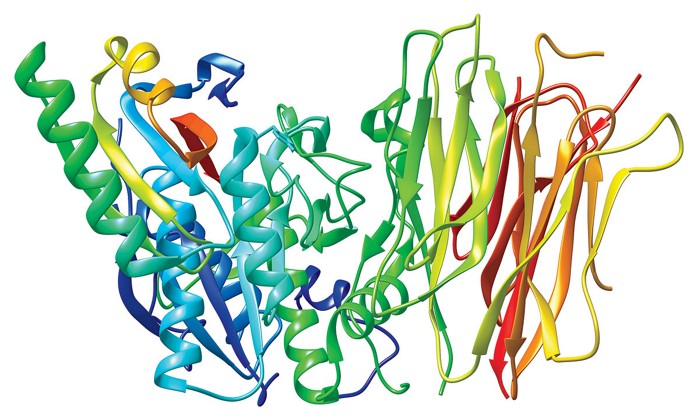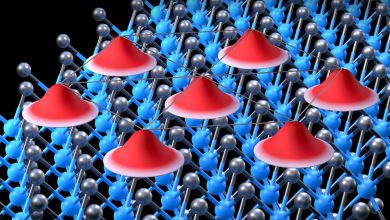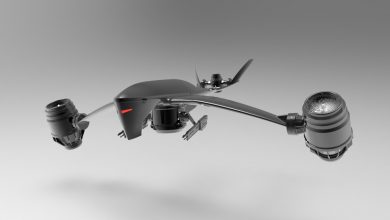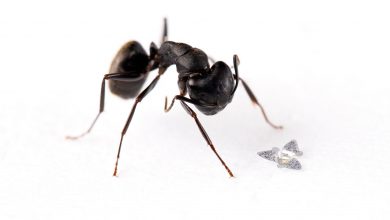
According to the CDC, heart disease is the leading cause of death for men, women, and people of most racial and ethnic groups in the United States. It is estimated that one person dies every 36 seconds in the United States from cardiovascular disease.
Now, scientists have now successfully used CRISPR base editors to turn off the gene that produces low-density lipoprotein (LDL) cholesterol in monkeys. The research, if replicable on humans, could help eradicate a major cause of heart disease.
A single shot of gene therapy lowers “bad” cholesterol by about 60% for at least 8 months in monkeys, a new study reports (Nature 2021, DOI: 10.1038/s41586-021-03534-y). The shot knocks down a gene called PCSK9, which stands for proprotein convertase subtilisin/kexin type 9. PCSK9 proteins typically bind receptors that break down artery-clogging low-density lipoprotein (LDL) cholesterol. Without functioning PCSK9, cells have more LDL receptors available to grab and remove LDL from the blood.
The work was a collaboration between researchers from the University of Pennsylvania and the private company Verve Therapeutics. Together the researchers developed a one-time gene therapy that reduced monkeys’ LDL cholesterol levels by 60 percent in just one week.
Prior research has shown that in some people, the PCSK9 gene codes excess PCSK9 protein production (which occurs mostly in the liver)—leading to an increase in lipoprotein cholesterol levels in the bloodstream. This is because it interferes with blood cells with LDL receptors that “grab” LDL and remove it. For this reason, pharmaceutical companies have developed therapies that reduce the production of PCSK9 protein. However, most do not work well enough, which is why there is still so much atherosclerotic cardiovascular disease. In this new effort, the researchers have tried another approach—altering the PCSK9 gene to make it stop coding for PCSK9 protein production.
“Here we demonstrate that CRISPR base editors that are delivered in vivo using lipid nanoparticles can efficiently and precisely modify disease-related genes in living cynomolgus monkeys (Macaca fascicularis),” wrote the researchers in their study published in the journal Nature.
Currently, doctors treat high cholesterol with statins as well as antibodies to the PCSK9 protein, which people must take daily or weekly. A long-term treatment would improve patient adherence to therapies, the researchers write. The gene therapy would be particularly relevant for people with a rare condition called familial hypercholesterolaemia, which leads to consistently high cholesterol levels and is caused by mutations in PCSK9.
“This is a landmark study, with important implications for a one-time treatment for patients suffering from elevated cholesterol due to genetic reasons,” David R. Liu, chemical biologist at Harvard University, says in an email. Although Liu was not involved in the work, he cofounded Beam Therapeutics, which also participated in the study.
In the study, scientists from Verve Therapeutics and their colleagues used a relatively new type of gene therapy called a base editor, which can replace a single nucleotide in a gene’s DNA sequence without creating a break in the double helix. Base editing is a more precise and less error-prone variation on traditional CRISPR gene editing, which uses the protein Cas9 to cut DNA. Here, the therapy consists of a lipid nanoparticle that carries the base editor, which changes a single nucleotide in PCSK9 from an adenine to a guanine, and the corresponding thymine to a cytosine on the complementary DNA strand, to incapacitate the gene.
The researchers injected the therapy into cynomolgus monkeys and found that it incapacitated the gene in most liver cells where the PCSK9 protein is most abundantly produced. A week after the injection, blood levels of PCSK9 fell by 90% and the effect on cholesterol levels continued for at least 8 months, the longest period tested. The company declined to comment on the study.
The high editing efficiency and the long-lasting effect make this “exactly the type of editing needed to treat most genetic diseases,” says Liu.
Other researchers developing gene-editing therapies agree. “For now, the combination of base editing and nonviral delivery has passed its key entrance exam with flying colors and one’s heart skips a beat at the notion that many hearts may beat more steadily in the future” thanks to the therapy described in the new study, Fyodor Urnov, a gene-editing scientist at the University of California, Berkeley, who was not involved in the work, says in an email.
The therapy’s efficacy in monkeys shows it is ready to be deployed in people, Urnov says. “At this point, only clinical data will tell us what the real promise of this approach is.”
“We observed a near-complete knockdown of PCSK9 in the liver after a single infusion of lipid nanoparticles, with concomitant reductions in blood levels of PCSK9 and low-density lipoprotein cholesterol of approximately 90% and about 60%, respectively; all of these changes remained stable for at least 8 months after a single-dose treatment.” said the researchers.
When overactive, the gene PCSK9 will produce too much of a protein of the same name that interferes with the body’s ability to clear LDL cholesterol out of the circulatory system. LDL is the bad kind of cholesterol and results in a greater risk of cardiovascular disease.
Although we are still a long way from human trials, the fact that these results were achieved in monkeys — which are primates — is quite promising. “In addition to supporting a ‘once-and-done’ approach to the reduction of low-density lipoprotein cholesterol and the treatment of atherosclerotic cardiovascular disease, our results provide a proof-of-concept for how CRISPR base editors can be productively applied to make precise single-nucleotide changes in therapeutic target genes in the liver, and potentially in other organs,” conclude the researchers.
Some scientists sound a note of caution, however. Nabil G. Seidah, a cardiovascular biologist at the Clinical Research Institute of Montreal who discovered PCSK9’s role in cholesterol signaling in 2003, notes that the gene has other functions besides cholesterol regulation. For example, it appears to play a role in immunity and is also expressed in unexpected places, like the testes and the pancreas, hinting of roles researchers have not yet identified.
Permanently disabling it with CRISPR may therefore have unforeseen effects, he says. “When you do the CRISPR, you’re stuck,” he says. “What’s the antidote?”.





